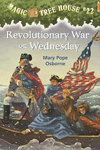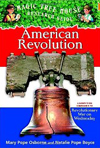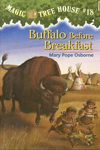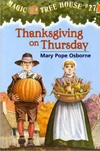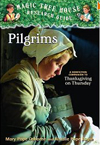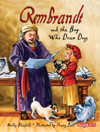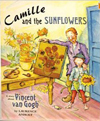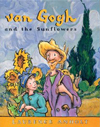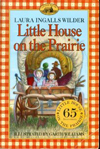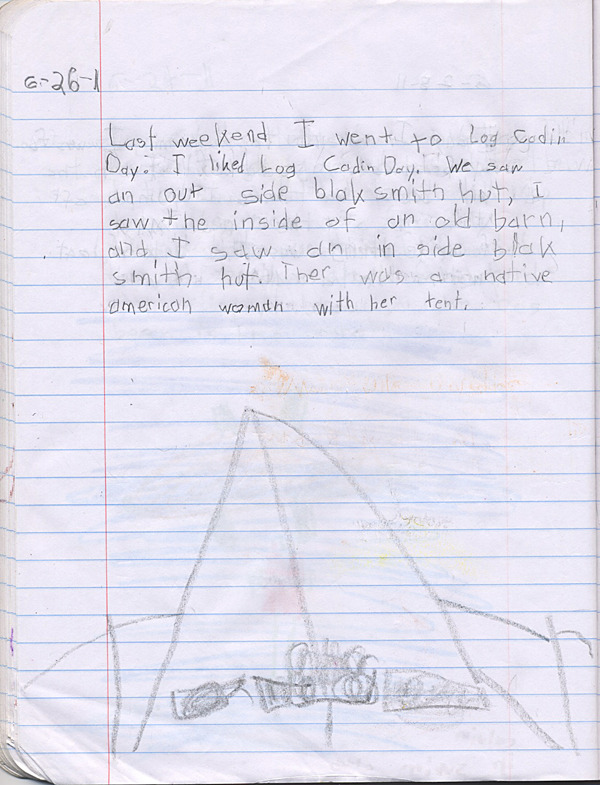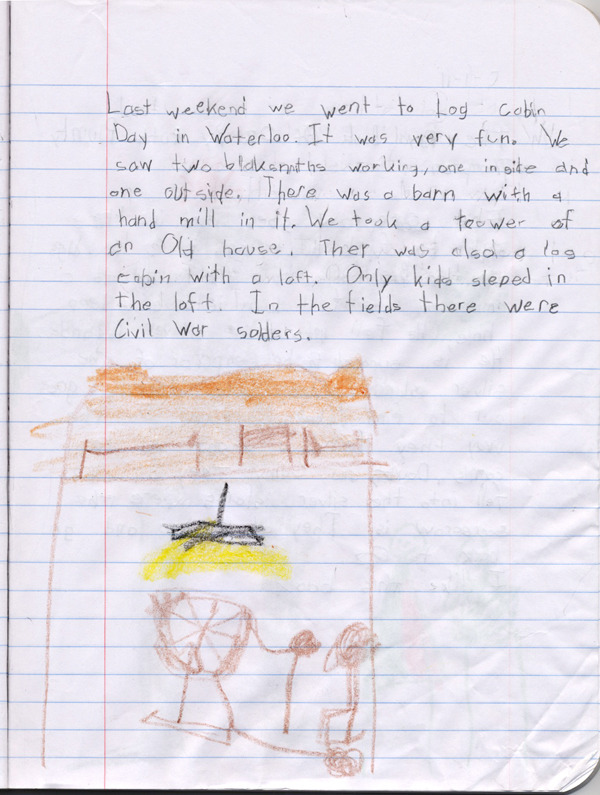It's often said that becoming parents keeps you young. I get how this relates to giving you a reason to sit on the floor and play with toys you'd left behind in your forgotten youth, but over time I've found that there is another, a far deeper, meaning to the saying; mainly, becoming a parent has given me a second chance to learn the many things that were once vanquished to youthful lessons. This is true about many things, but has become particularly more obvious over the past month as I've tried to talk to Calvin about Thanksgiving. Sure, it seems rather mundane, and as I pulled our traditional Thanksgiving decor out of hiding I thought nothing could be simpler than a holiday about giving thanks, but when you really think about it, what is Thanksgiving? Is it a holiday about national heritage? Is it about religion? Or is it simply an ancient festival?
There are probably arguments for all of the above. I have vivid memories, boosted in color perhaps by the pictures I have in albums, of wearing a pilgrim costume and reciting a poem in front of my entire school as a first grader more years ago than I care to remember. Some years later I remember attending a full formal Thanksgiving dinner in the school auditorium, a meal laid out in careful preparation by parents and teachers and meant as a lesson in manners and thankfulness for the fourth and fifth grade classes. Who doesn't remember making hand tracings into turkeys or reading books about the voyage on the Mayflower and the strict life style of the Pilgrims who survived it? Put all these things together and what you get is a confusing conglomerate of a holiday, and that's what, after attempting to teach Calvin about the holiday of the month, has left me groping for an understanding that, as a child, I was sure I already possessed.
As an Americentric holiday Thanksgiving kind of fails. As children we were taught that this particular holiday was in celebration of that first feast, shared in the seventeenth century between the Pilgrims, who had landed in the dead of winter and nearly gone extinct, and the Native Americans who had saved their necks the following year by showing them how to grow food in the so-called new world. This, however, is a history I am loath to champion without also mentioning the fantastical way the generations to come returned the favor by taking control of the land they once knew not at all how to master. I also find it difficult to teach as a religious holiday, and don't believe it was ever meant to be one, other than through its relation to the Pilgrims and their religious fanaticism that mostly petered out long ago. So that leaves us with the ancient harvest festival option; many cultures have celebrated their fall bounties with harvest celebrations that date back into unrecorded time, and this would seem like a pretty good fit if it weren't for my seeming inability to give up on the "Pilgrims and Indians" lesson just yet; after all, it's an important lesson and needs to be inserted somewhere.
And so my cogitating has brought me full circle. I've spent many a moment pondering the importance of each aspect of the holiday that kicks off the Christmas season every year (for me, anyhow—for the stores that holiday is probably Halloween), and the only thing I feel certain of is that Thanksgiving is really just a big melting pot of a holiday, not unlike the nation to which it belongs. Certainly that at least gives us leave to use the felt Pilgrims and Native Americans we assembled earlier this month to go with the Thanksgiving book by Flanagan. I certainly know more about the history of the holiday than I did when I first started this process a month ago, but don't have any better a grasp on how to teach its meaning to my son. It's a disappointing and rather lacking conclusion, and maybe that's why I'm only just now discovering it as an adult. But, with black Friday sales just a few hours away, it's time to close the book on this holiday and move on to the next, much less confusing, holiday, the one with evergreen trees in homes and a magical man in red who flies with deer and delivers gifts to children on the birth day of a child who wasn't actually born on that day. Nope, not confusing at all.





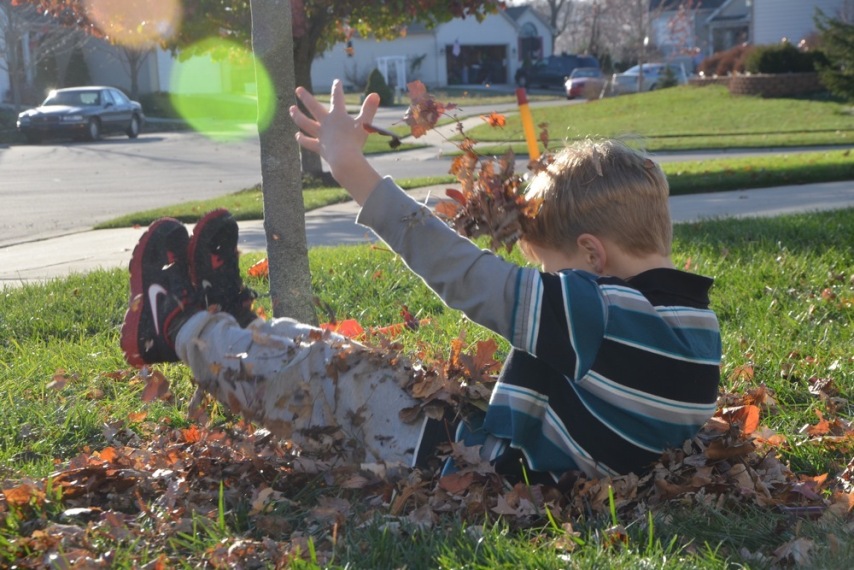

 Sunday, July 3, 2011
Sunday, July 3, 2011
